 |
Socially Engaged Design Practices For a design to be successful, it must fit the context and culture for which it will be used. Our research focuses on design ethnography, stakeholder engagement, and other approaches to integrate culture and context into design decisions, including finding needs, developing engineering requirements, creating concepts, and evaluating possibilities. This work involves investigations of novice to more informed student pursuits in this area, as well as advanced practitioners, with the goal to create structures, processes, and tools to support design practices. |
 |
Nature of Engineering Work Required engineering courses emphasize core engineering technical skills but neglect the “comprehensive engineering skills” needed to address complex sociotechnical problems. Because undergraduate education trains students’ (mis)understanding of the nature of engineering work, it is important to understand when, where, and how students encounter messages about the nature of engineering work in their programs and the impact of these messages. We investigate how engineering curricula and instruction represent engineering practice and how these representations align with students’ values and interests to affect their sense of belonging and intentions to persist in the field. |
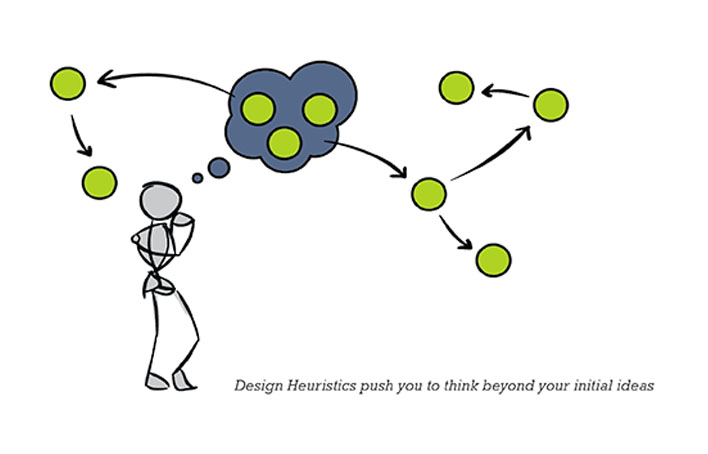 |
Tools for Divergent Thinking Ideation is a crucial skill for all engineers. Engineers generate ideas to solve immediate problems and to support long-term solutions. Ideation is necessary throughout an entire design process but is most prominent in the front-end phases; one must ideate design problems and opportunities, solution alternatives, and pathways to successful implementation. We are investigating strategies and structures used for the generation of solutions as well as exploring design problems. We have developed the empirically-grounded Design Heuristics, a tool for supporting exploration of product design spaces, and are investigating its impact as well as heuristics in other design domains. |
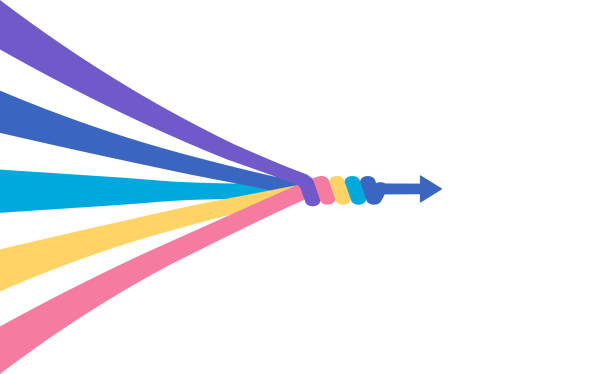 |
Integration of Socially Engaged Engineering Content into Education and Training Engineering work is inherently sociotechnical, with technical activities interlinked with societal impacts. However, engineering education and training lacks focus and skill building on social aspects of engineering work. In this work, we develop, support, and study the integration of socially engaged engineering content into engineering learning and work environments. Content developed and studied includes tools for specific types of socially engaged engineering work, case studies of socially engaged engineering practice, middle and high school front-end design curriculum, and UM’s Center for Socially Engaged Design Learning Blocks. |
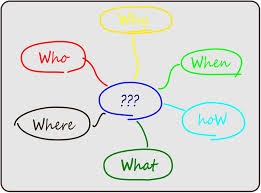 |
Problem Exploration Problem exploration includes restructuring problems so as to lead to more varied and creative solutions. This work focuses on uncovering strategies designers use to identify and refine problem definitions, and translating those strategies to design tools. |
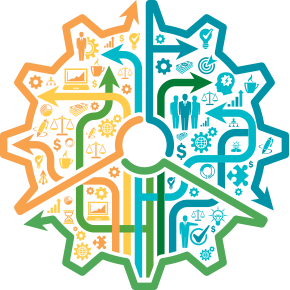 |
Systems Thinking Systems thinking involves recognition of and decision making related to constituent elements and parts of an engineering problem and how these constituent elements and parts are embedded in broader economic, sociocultural, and temporal contexts. Our work focuses on defining and assessing systems thinking across a range of expertise, and understanding how life, educational, and work experiences contribute to expertise. |
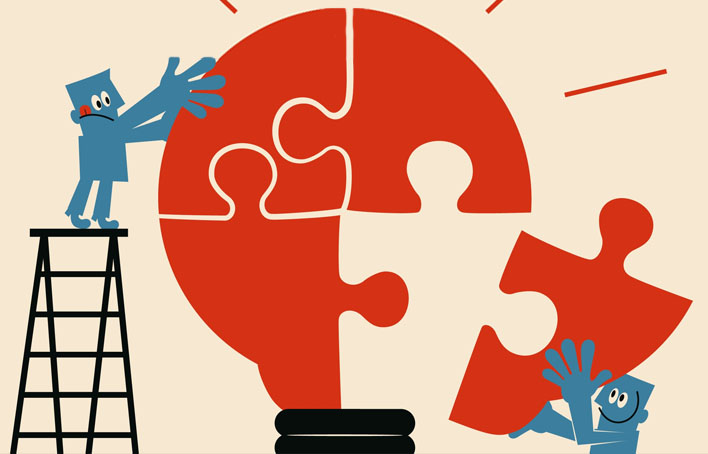 |
Prototyping in Front-End Design Prototyping plays an essential role in the product design process, enabling designers to specify design problems, meet design needs, and verify design solutions. Our research focuses specifically on the role of prototyping in the design front-end, including how the prototypes in stakeholder engagement, design iteration, and team communication. |
 |
Creative Process Pedagogy Creativity is a skill that can be developed by all individuals. Our research examines and compares “best practices” for creative development both within engineering and across fields including the sciences, social sciences, education, and the arts. This allows us to chart the landscape of creative growth opportunities students can encounter, along with ways to support students as they develop their creative skills in these domains. |
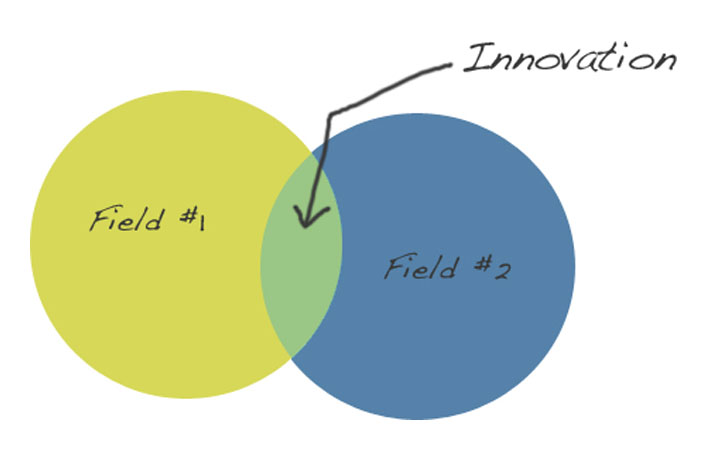 |
Innovations at Intersections Innovations thrive at intersections, intersections of disciplines, experiences, perspectives, etc. We research the design of doctoral research of returning students, defined as those with engineering undergraduate degrees who work outside of academia for at least five years and come back to the academic setting to earn their PhDs. This research investigates returners’ experiences in the initiation and advancement of intersections of engineering academic perspectives with industry and government perspectives. |
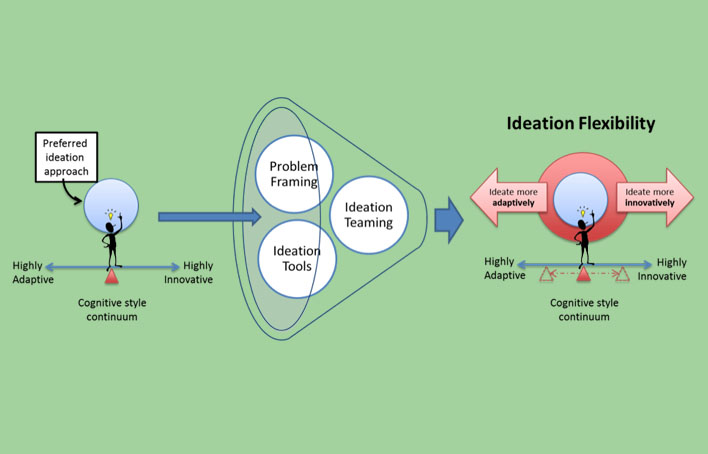 |
Ideation Flexibility Ideation flexibility is the ability to ideate in both incremental and radical ways – or, more precisely, to ideate along a continuum of thinking between the two, depending on the needs of the problem. Our work is focused on understanding the relationship between engineers’ approaches to ideation and the types of outcomes they achieve as well as how components in the design process support or hinder flexibility in approach, specifically how one frames and explores the design problem and associated constraints, what design methods they use in the process, and how diverse the naturally preferred ideation approaches are within a design team. |
